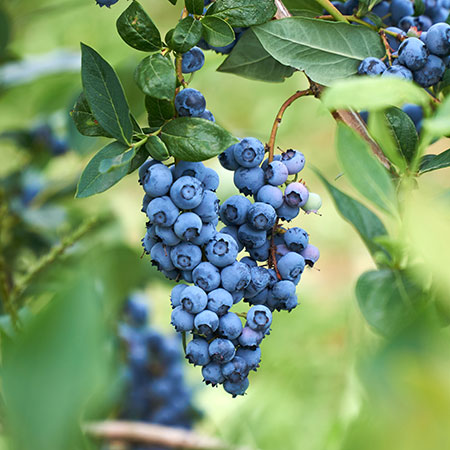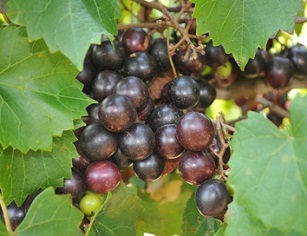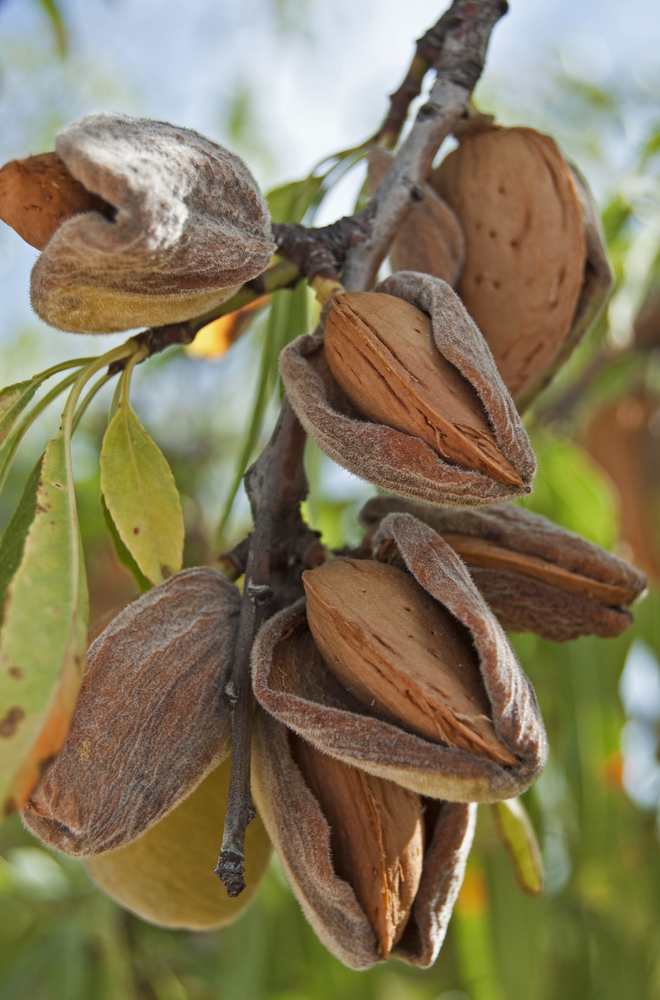2021 Small Plant Sale
go.ncsu.edu/readext?573501
en Español / em Português
El inglés es el idioma de control de esta página. En la medida en que haya algún conflicto entre la traducción al inglés y la traducción, el inglés prevalece.
Al hacer clic en el enlace de traducción se activa un servicio de traducción gratuito para convertir la página al español. Al igual que con cualquier traducción por Internet, la conversión no es sensible al contexto y puede que no traduzca el texto en su significado original. NC State Extension no garantiza la exactitud del texto traducido. Por favor, tenga en cuenta que algunas aplicaciones y/o servicios pueden no funcionar como se espera cuando se traducen.
Português
Inglês é o idioma de controle desta página. Na medida que haja algum conflito entre o texto original em Inglês e a tradução, o Inglês prevalece.
Ao clicar no link de tradução, um serviço gratuito de tradução será ativado para converter a página para o Português. Como em qualquer tradução pela internet, a conversão não é sensivel ao contexto e pode não ocorrer a tradução para o significado orginal. O serviço de Extensão da Carolina do Norte (NC State Extension) não garante a exatidão do texto traduzido. Por favor, observe que algumas funções ou serviços podem não funcionar como esperado após a tradução.
English
English is the controlling language of this page. To the extent there is any conflict between the English text and the translation, English controls.
Clicking on the translation link activates a free translation service to convert the page to Spanish. As with any Internet translation, the conversion is not context-sensitive and may not translate the text to its original meaning. NC State Extension does not guarantee the accuracy of the translated text. Please note that some applications and/or services may not function as expected when translated.
Collapse ▲Each year we sell plants to support the different local programs that we provide to the county. Below is a list of the different plants and varieties with descriptions and a link to the order form. If you have any questions please call the N.C. Cooperative Extension-Alexander County Center at 828-632-4451.
BLUEBERRIES- Rabbiteye
Tifblue – Berries are medium to large and light blue. Berries ripen in early to mid-season (mid-June)
 Powder Blue – Powder Blue has reliable crops of large berries because of its spring frost resistance. The light blue, firm fruit hang in clusters, resist cracking and hold a sweet flavor. The shrub is vigorous and upright. Ripens in mid-late season
Powder Blue – Powder Blue has reliable crops of large berries because of its spring frost resistance. The light blue, firm fruit hang in clusters, resist cracking and hold a sweet flavor. The shrub is vigorous and upright. Ripens in mid-late season
Premier – crops are produced with the distinctive powdery blue color on the large firm berries. The flavor is excellent, and the berries store well. The plant growth is vigorous ad upright. Ripens mid-late season.
Climax – An early producer! Savor loads of large, sweet, early ripening blueberries. Great on cereals or baked into muffins, these southern blueberries are gaining in popularity! These pest-free shrubs reach 6 to 10 feet. Foliage turns fiery red in autumn.
STRAWBERRIES
Strawberries are self fertile and do not require another variety to pollinate. Varieties are good for eating fresh or freezing.
Earliglow – (early bearing) The glossy firm fruit are highly sweet making them wonderful for fresh eating, jams and freezing. The plants are great for the home owners being vigorous with plenty of runners and are resistant to red stele, leaf diseases and Verticillium wilt. Ripens in late May-June
 Allstar – (mid-season) great strawberry for beginners. Produces large, light-colored, sweet berries. Resistant to red stele and Vertcillium wilt
Allstar – (mid-season) great strawberry for beginners. Produces large, light-colored, sweet berries. Resistant to red stele and Vertcillium wilt
Albion – (Everbearing) produces very large fruit that is very firm and red. To get high yields this variety will need a strong water and nutrient program.
MUSCADINES
 Ison – Black self-fertile variety, excellent size, production, taste and quality. Edible skin, large clusters and disease resistant. Ripens early to mid-season. Makes great jelly, juice, and wine.
Ison – Black self-fertile variety, excellent size, production, taste and quality. Edible skin, large clusters and disease resistant. Ripens early to mid-season. Makes great jelly, juice, and wine.
Late Fry – Bronze self-fertile variety. The latest ripening variety available. Large fruit size, very vigorous, high yields. Cold hardy, edible skin, disease resistant. Ripens late season.
BLACKBERRIES
Apache – Plant produces some of the highest yields and largest fruit of all the thornless blackberry varities. Sweet, cone shaped berry. Ripens late season. Cold hardy.
 Arapaho – Berries are sweet. Plant produces tall canes that yield blackberries that have small seeds. Ripens in mid-June.
Arapaho – Berries are sweet. Plant produces tall canes that yield blackberries that have small seeds. Ripens in mid-June.
FIGS
 Celeste – Most cold hardy variety. Flesh is white to rose color. Skin is purplish brown. Known as best fig for its size. Has a complex sweetness that leaves a pleasant after taste. Excellent for canning and preserving. Trees grow to large size.
Celeste – Most cold hardy variety. Flesh is white to rose color. Skin is purplish brown. Known as best fig for its size. Has a complex sweetness that leaves a pleasant after taste. Excellent for canning and preserving. Trees grow to large size.
Brown Turkey- An everbearing favorite. This fruit is delicious fresh or after being dried for tasty treats. Keeps well. Heat-tolerant. Ripens in June. Self-pollinating.
APPLES
Honeycrisp – This popular variety was developed at the University of Minnesota. The fruit is mostly orange-red with a yellow background. This crisp, juicy, sweet-tart apple has a rich flavor that has made it “#1” in taste panels. The fruit averages 3 inches and up, matures ten days before Red Delicious and stores well. Outstanding winter hardiness gives this variety excellent potential for northern growing regions. Honeycrisp is moderately resistant to apple scab. Tree is non-vigorous and late blooming.
Arkansas Black – A very late maturing Winesap-type variety grown primarily in the Southeast. The fruit is dark red and very firm with a tart flavor. This is a great variety to add in a cider blend, providing a high acid, spicy flavor.
Golden Delicious – A russet-resistant selection of the original Golden Delicious. One of the most widely planted apple cultivars worldwide. Fruit is firm, medium to large with the classic Golden Delicious flavor. The tree is spreading, productive and easy to manage. Fruit thinning is required to maintain annual bearing
ASIAN PEARS
Shenseiki – Self-fertile. Juicy, sweet, refreshing, crisp like an apple. Easy to grow. Keeps well. Bright yellow skin. Vigorous, heavy bearing (usually by 2nd year). Ripens late August. Excellent variety for home growers!
CHERRY
 Black Tartarian – is an excellent and very popular cherry for your home orchard. The flavor is very rich, robust and sweet and a favorite for many. It is juicy and has a blackish red colored skin. Fruit is large in size and perfect for fresh-eating and juice. Black Tartarian is a perfect pollinator for other sweet cherries. Bears at an early age and ripens early in the season.
Black Tartarian – is an excellent and very popular cherry for your home orchard. The flavor is very rich, robust and sweet and a favorite for many. It is juicy and has a blackish red colored skin. Fruit is large in size and perfect for fresh-eating and juice. Black Tartarian is a perfect pollinator for other sweet cherries. Bears at an early age and ripens early in the season.
 The All-In-One Almond Tree only grows to about half the size of a normal almond tree, only around 15 feet tall. Ideal for backyards an area where space is limited. Produces medium to large sized soft shelled almonds with sweet, good quality kernels. Heavy producer. Self-pollinating that ripens in late September or early October.
The All-In-One Almond Tree only grows to about half the size of a normal almond tree, only around 15 feet tall. Ideal for backyards an area where space is limited. Produces medium to large sized soft shelled almonds with sweet, good quality kernels. Heavy producer. Self-pollinating that ripens in late September or early October.PLUM
 Plumcot “Spring Satin” tree is a combination of a plum and an apricot. The fruit from this plum tree has reddish-black skin, and golden-reddish flesh. The fruit from this plum tree is large, sweet and firm. It a very productive plum tree that grows to 10-12 feet tall. Pollinate the Plumcot Spring Satin with another plum tree.
Plumcot “Spring Satin” tree is a combination of a plum and an apricot. The fruit from this plum tree has reddish-black skin, and golden-reddish flesh. The fruit from this plum tree is large, sweet and firm. It a very productive plum tree that grows to 10-12 feet tall. Pollinate the Plumcot Spring Satin with another plum tree.
Santa Rosa – The Santa Rosa plum tree is a Japanese variety. This large plum has a purplish-red skin with blue blooms. A Santa Rosa plum has firm flesh that is yellow to dark red near skin. Its flavor is a rich, pleasing and tart. The Santa Rosa is self-fertile and ripens in mid-June.




